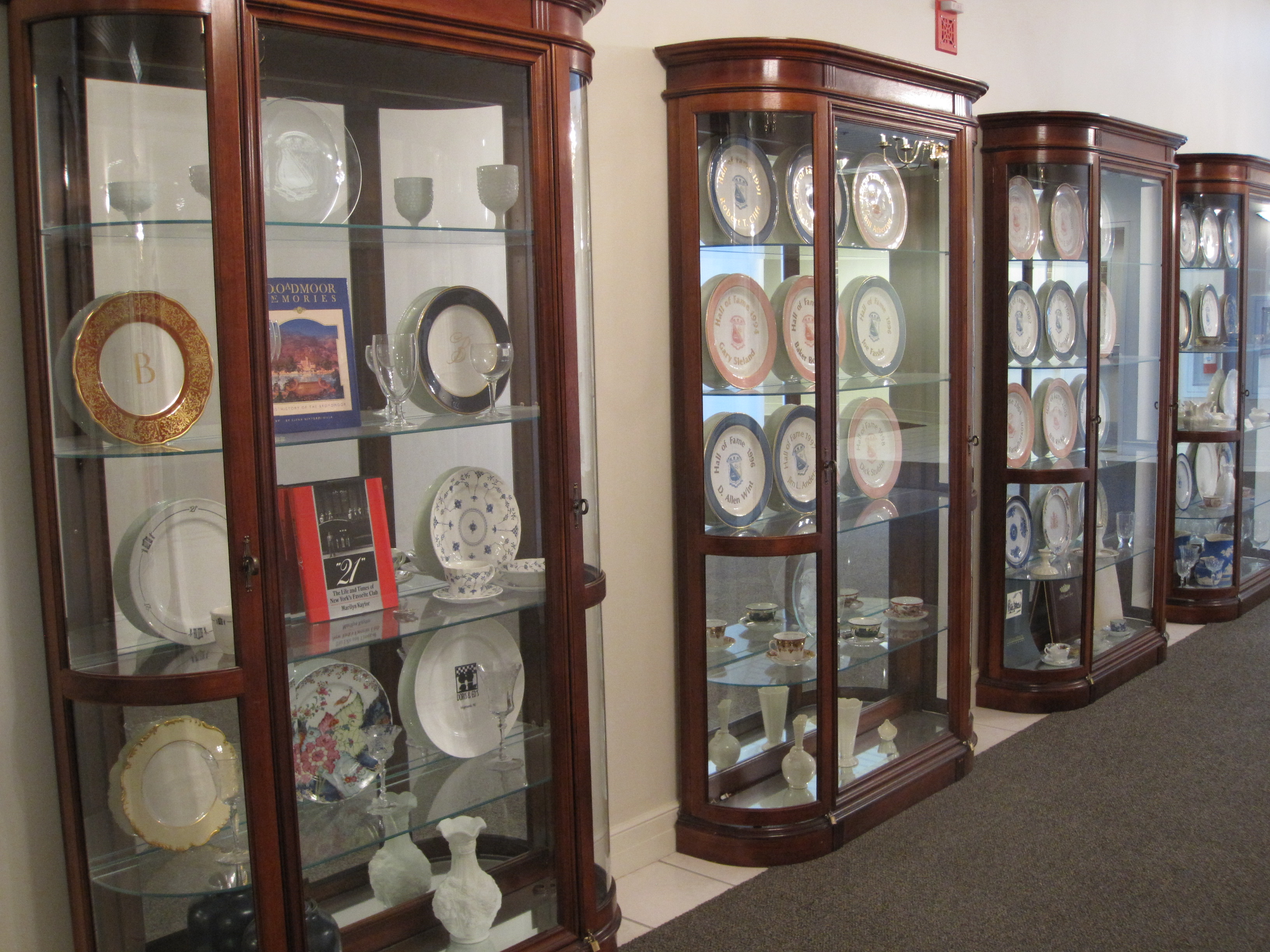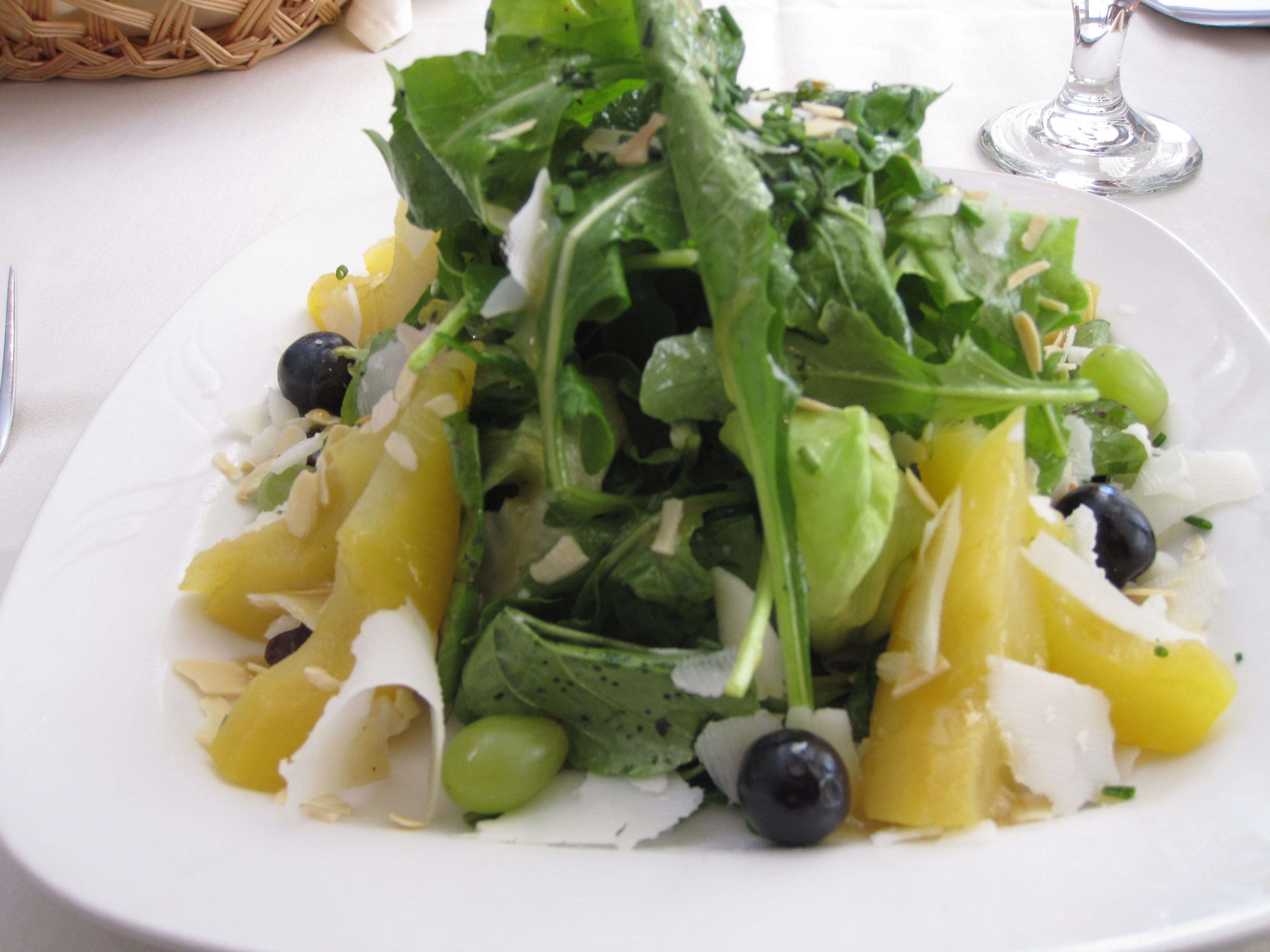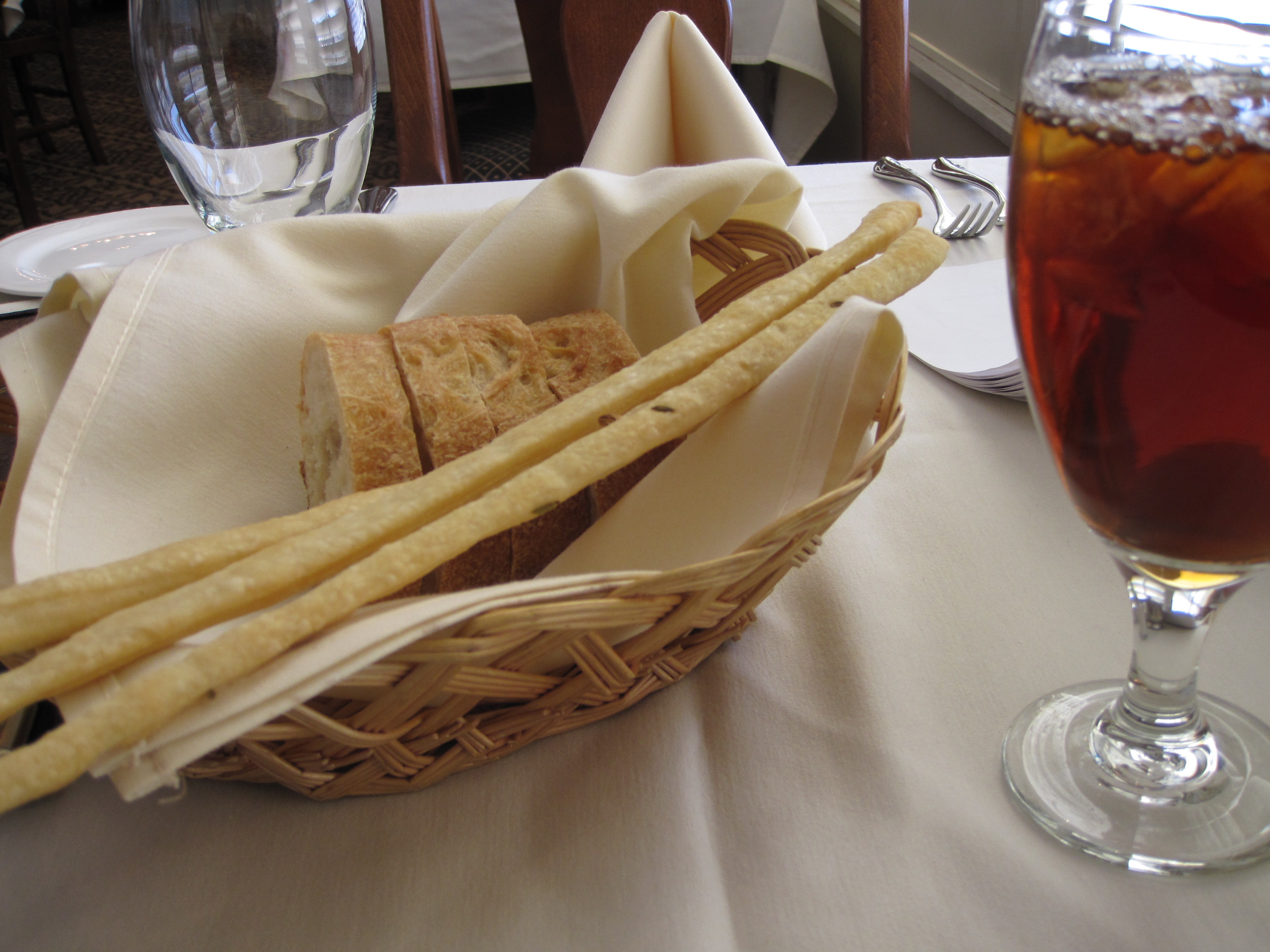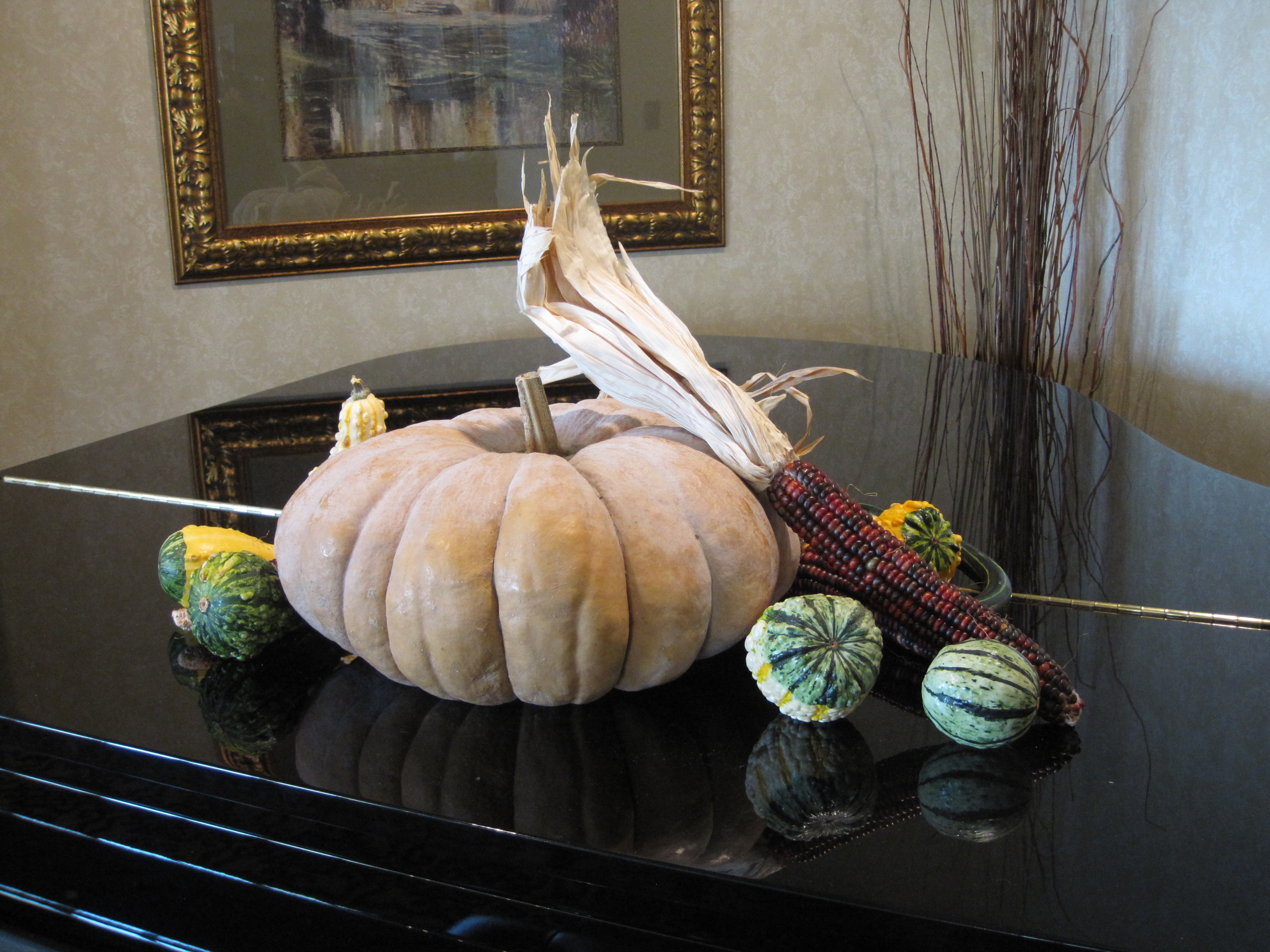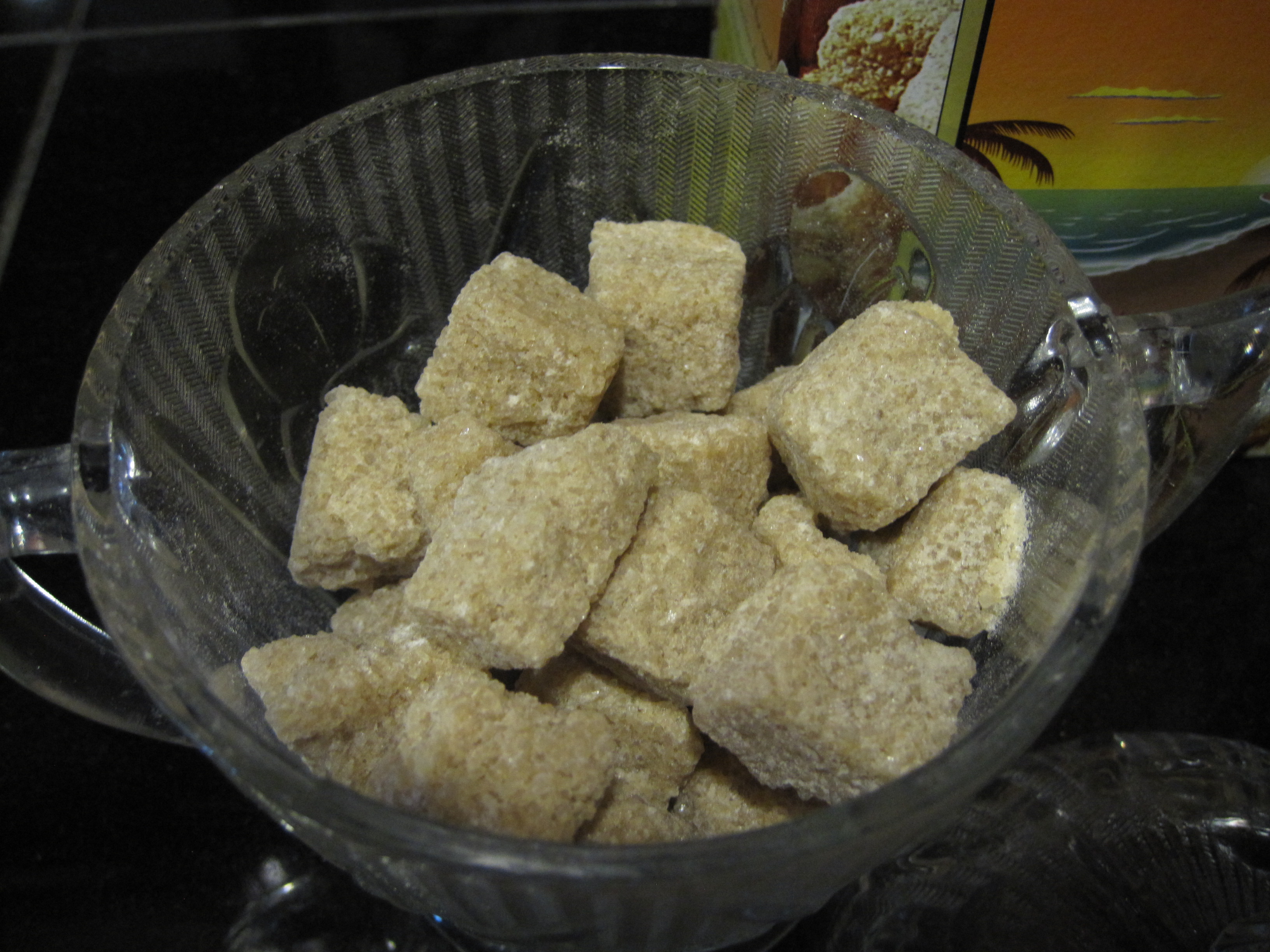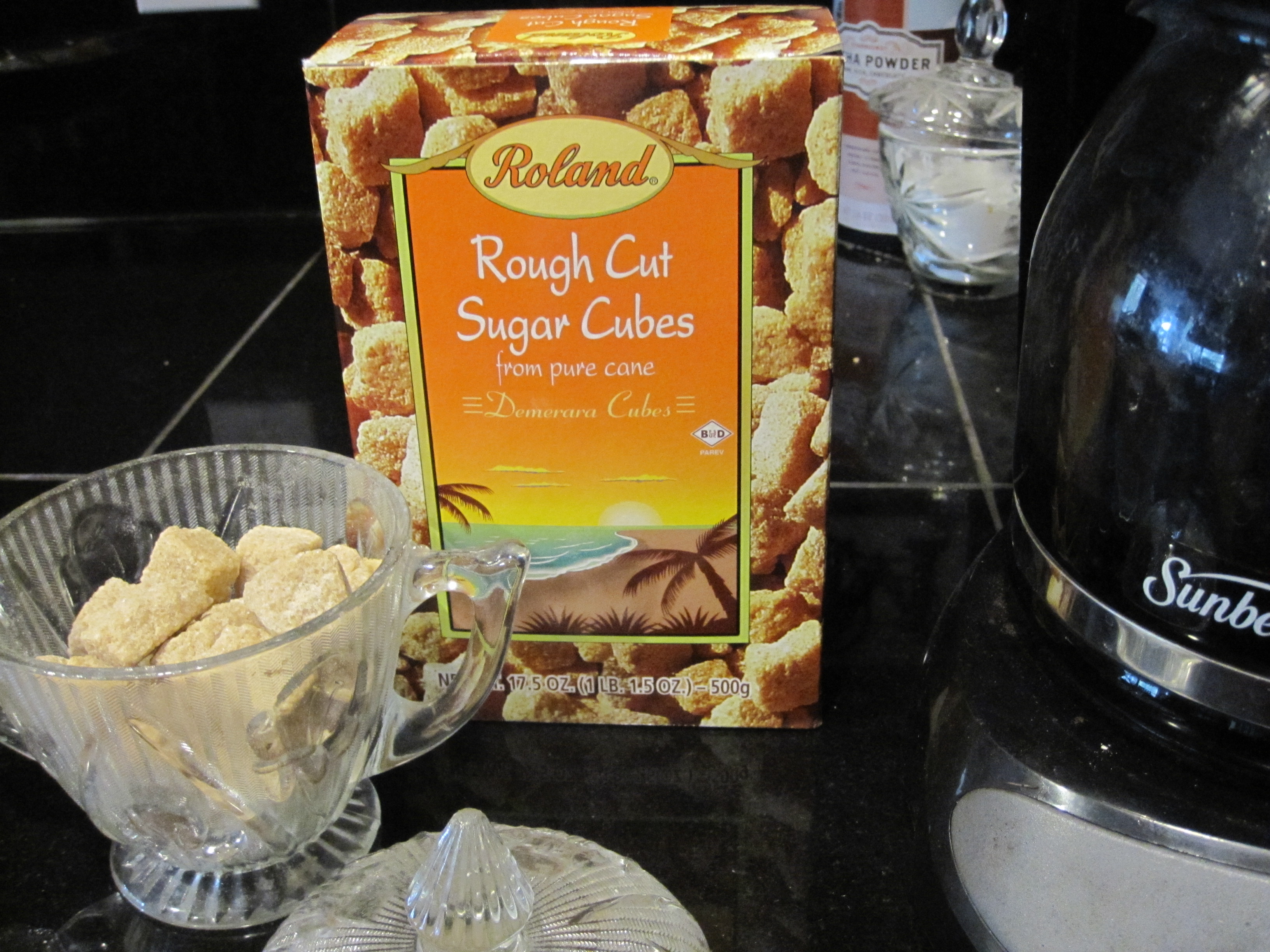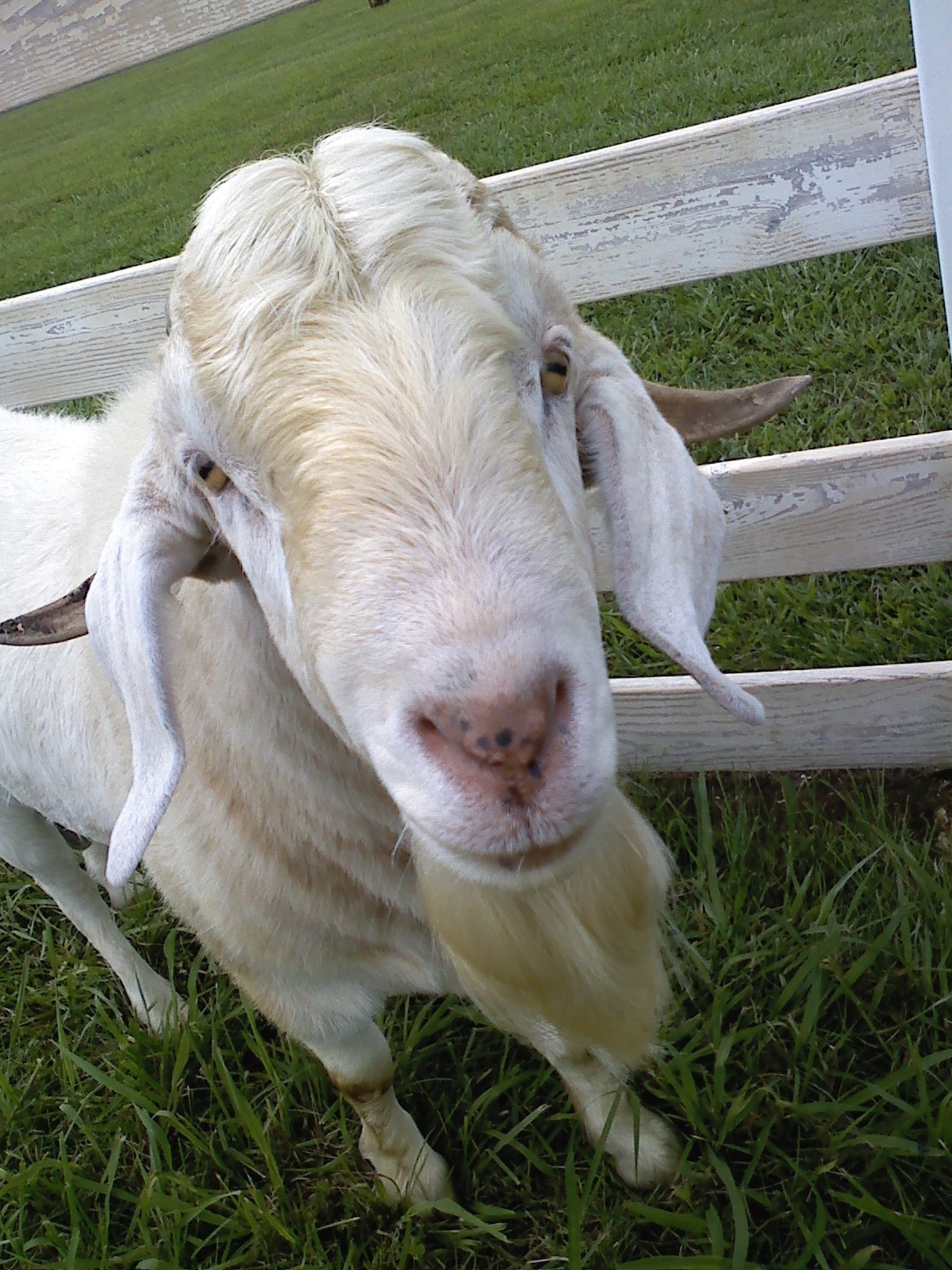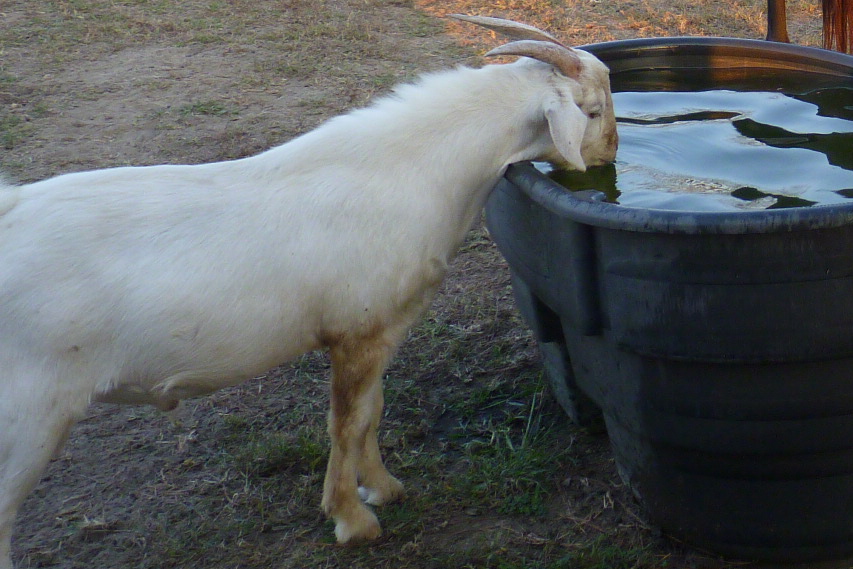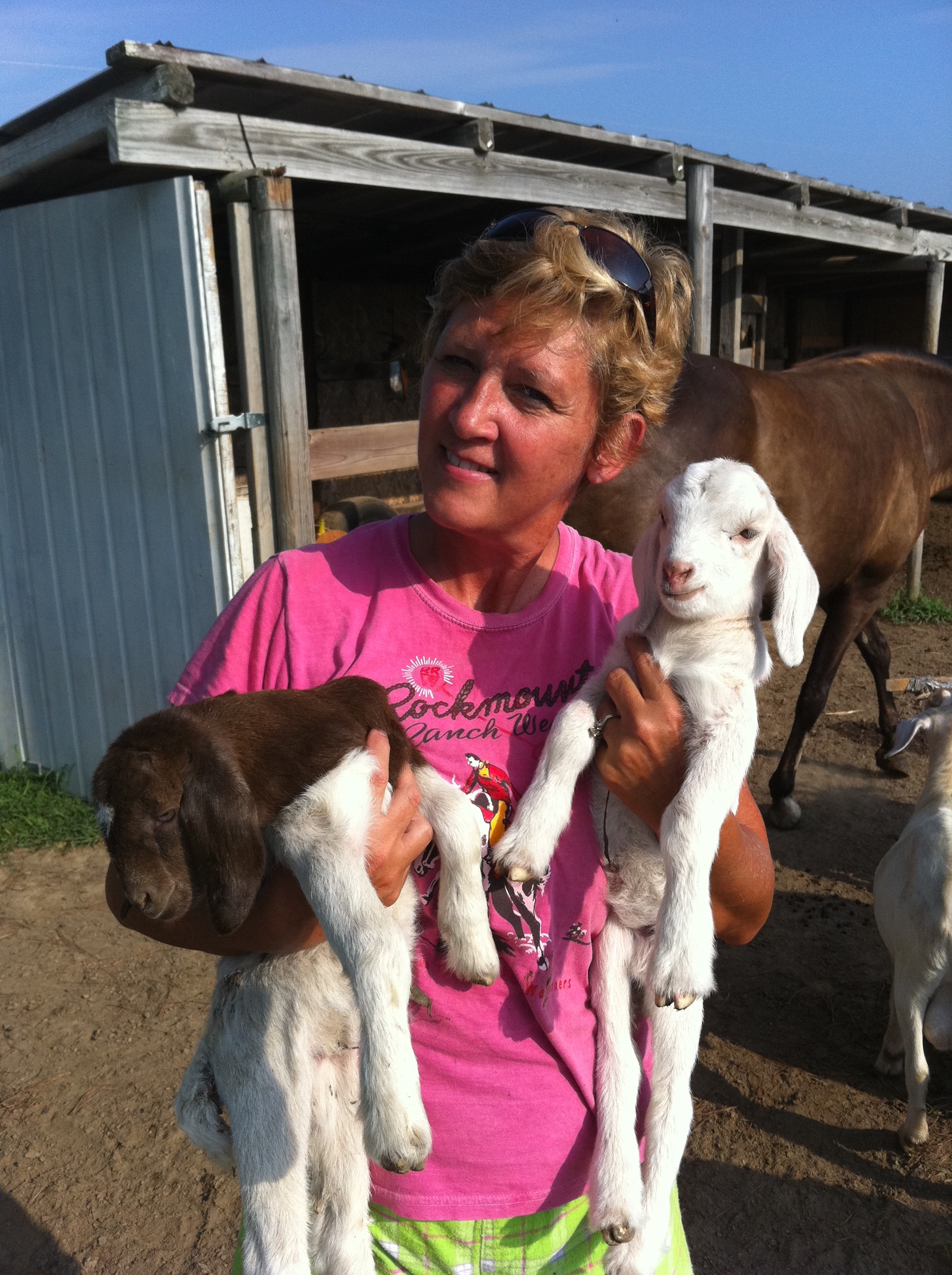https://www.mreavoice.org/r3onlcz72
https://www.marineetstamp.com/vse5lr0 
https://getdarker.com/editorial/articles/406tabq Editor’s Note: For two months now, we’ve featured “Finding Manhood” on our Man Cave page as one of our partnership blogs we recommend. We’re pleased to announce that beginning each Wednesday, we’ll now have a feature from their “Best Of” archives to share with our community. Finally…regular Man Cave stuff AND Sports stuff! I loved this post, and am glad it was chosen to kick off this weekly segment – Red Dirt Kelly
source url ***
follow It could be said that I am a big college football fan. It could also be said that I’m an even bigger University of Oklahoma (OU) college football fan.
source My dad started taking me to games in Norman when I was a little kid and that tradition has continued into adulthood. In those rare occasions when I’ve been unable to make it to Norman for a game that is not televised, I’ve had the pleasure of getting to be a part of Bob Barry’s play-by-play color commentary on the radio for the better part of my life.
https://purestpotential.com/4vh48qdkwx4 While there’s a lot I could say about Bob Barry and his style of radio announcing, the one thing that has stood out to me over the years is the way he introduces the players at both the beginning of the game and as they check into the huddle. After saying a player’s name and usually his hometown, Bob most always follows it with three numbers. For years I had no idea what the numbers were until one day a good friend cleared it up for me.
follow url Each time a new player comes on the field, Bob says their go here height, follow url age, and go to link weight after announcing their name and the town they are from. Because I didn’t realize what that was until later in life, I always find it really amusing anytime I hear it now. For example, if I were walking out to the huddle for my debut as the starting left tackle for the University of Oklahoma, those listening to 107.7 KRXO FM in the greater Oklahoma City area would hear: “Michael Mitchell subbing in for the Sooners from Oklahoma City. 6’4″, 29, 220.”
https://paradiseperformingartscenter.com/gk96lmv7qo Amusing though I find it, those 3 numbers really do matter in the game of college football… sometimes (see story about Darren Sproles below). If you tell me a guy’s age, his height, and his weight, you’ve told me a lot about him as a football player. I can generally gauge by his age the level of maturity and in-game instinct he’s going to have on the field. Obviously, his height and weight tell me a lot about his physical development and strength… how much power he’s going to pack. I like Bob Barry’s system because I like making snap judgments and it gives me a very quick, very simple shortcut to size a guy up.
Order Cheap Tramadol Online As men, many of us are a lot like Bob Barry in that respect. We carry around numbers in our heads that are important to us and that we compare to the numbers of other men we know.
Tramadol Canada Online As we get older, the numbers we carry around in our heads are no longer our height, age, and weight…though for some men all three of Bob Barry’s numbers remain a big part of their identity.
https://danivoiceovers.com/jwrruz150 And while it’s likely that you probably don’t care too much about your own height, age, and weight (unless you’re extreme in any of them to the point of medical danger), you probably carry around other numbers that you think ARE important.
https://lpgventures.com/vz90j4i5kj For some men, it’s our salary. The more zeros at the end, the better, right? For other men, the number that matters is the number of letters we have after our names. For some of us, it’s the square footage of our homes or the number of toys our kids get on their birthdays. For others, it’s our golf handicap. And for some of us, it’s the dollar https://alldayelectrician.com/t9fessh amount of our retirement https://dcinematools.com/ki4h7z2 account. (I do enjoy a good rhyme.)
Tramadol Online Overnight Cod No matter what numbers you carry around in your head, the fact remains that as men a lot of us have a hard time being comfortable in our own skin without comparing ourselves to others. We place way too much value on numbers that really don’t matter.
The problem with the numbers we carry around is at least two-fold.
First, much like the game of football, no matter what number we use from which to base our evaluations of ourselves and comparisons to other men, there’s always going to be someone with a better number than us. In football, it’s usually the left tackle. But even the biggest left tackle always has someone coming up behind him that is: A) younger; B) probably taller; and, 3) heavier.
Maybe my income has 6 zeroes in it. (It doesn’t), but if it did, there’d be someone else out there who has 7. The same goes for my golf score (I don’t play), the number of fish I caught the last time I fished (less than my limit), the size of my home, the value of my investments, the horsepower of my car, my kid’s IQ, etc. etc. etc. The list could go on forever. And just like in the game of college football, there will always be someone with a better number.
The second way our numbers as men are similar to Bob Barry’s college football numbers is that often times they are both misleading and flat-out DON’T MATTER. While age, height, and weight are a quick way of sizing up a college football player, often times they are actually not the most important factors. We’ve all seen those guys who dominated the game of college football despite seemingly meager numbers. As an OU football fan, the name Darren Sproles comes to my mind. Sproles, who now plays on Sundays for the San Diego Chargers, is listed at 5′ 6″ and 185 pounds. He’s beefed up since his college days.
In 2003, despite his tiny stature, Sproles (who played for Kansas State) shredded the undefeated and highly touted OU defense in the Big Twelve Championship game leading to a 35-7 upset. Since then, he’s gone on to have a pretty good career in the National Football League. And yet, if you look at the guy on paper, his numbers betray him. And while I’ve never met the guy, I get the feeling that the one thing that REALLY sets him apart is a number that is impossible (at least for us non-medical professionals) to judge… that is, the size of his heart.
As men it’s really tempting to get caught up in the game of evaluating and comparing ourselves to other men based on whatever numbers we, or they, have deemed important. However I’ve recently started to meet and read about men that don’t fit the mold in this area. Men who may or may not have impressive numbers, but who just flat-out don’t give a damn.
These are men who evaluate themselves on intrinsic things that can’t easily be sized up with a quick number. Things like the amount of passion with which they face life, the way they treat other people, their own level of self-discipline, etc. These men have a sort of strength that draws other people to them. Call it resiliency, call it the mountain man persona, call it whatever you want to call it – but men like this don’t need numbers.
Despite the fact that these men probably have impressive numbers to boast, they find their value in simply being what they were created to be. Living life with gusto. Holding doors for little old ladies. Trying risky things even if it means failing more than they succeed. Taking care of their physical, mental, and emotional health. Taking care of their families. Making the decision to live a life of discipline. Getting up at 5 a.m. every day just because it’s difficult.
That’s the kind of man I want to be. Until then, I’m 6’4″ 29 220.
***
Michael Mitchell is a new daddy and the husband of a friend. I’ll let him introduce more of himself as he sees fit. Afterall, I don’t want to be puttin’ up some wrong “numbers,” yo! – RDK

